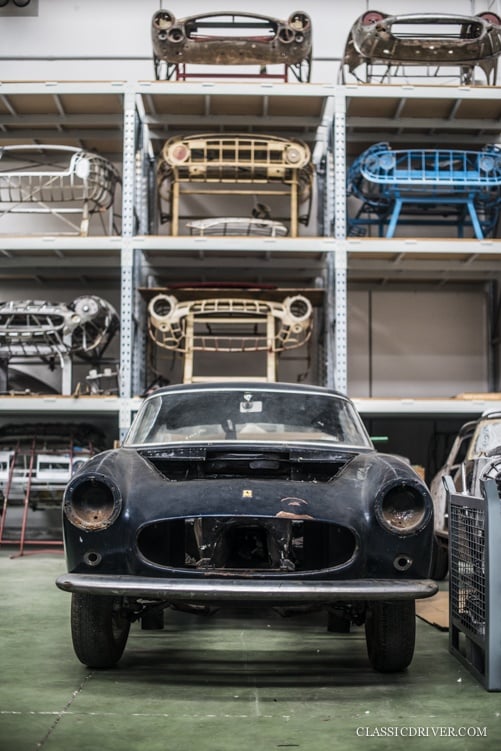
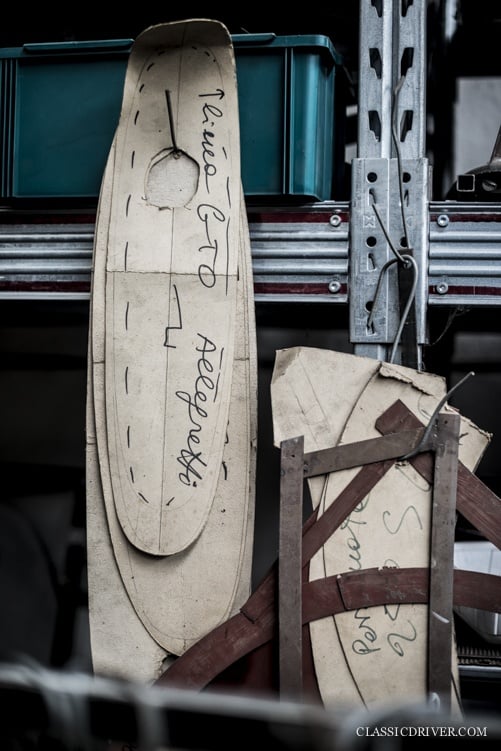
Although the company was founded in 1980, Egidio Brandoli already had over 20 years of experience building Ferraris from working with design master and Ferrari coachbuilder Scaglietti. It is this experience and knowledge that makes Brandoli such a fantastic restoration shop — who’s better to reconstruct the panel of a 250 GTO than the man who built it in period? Over the years, Egidio has brought in his son, Roberto, to learn the tricks of the trade and find out the secrets of Ferrari that only he knows — we were lucky enough to have Egidio share a few with us as well.
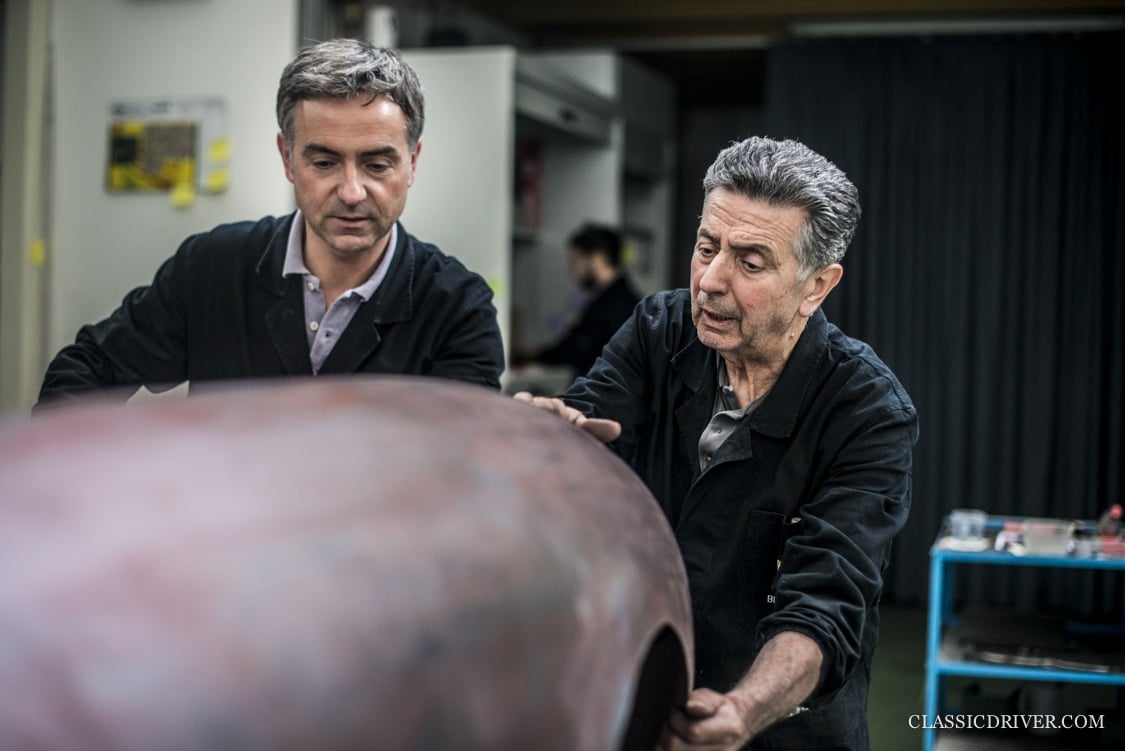
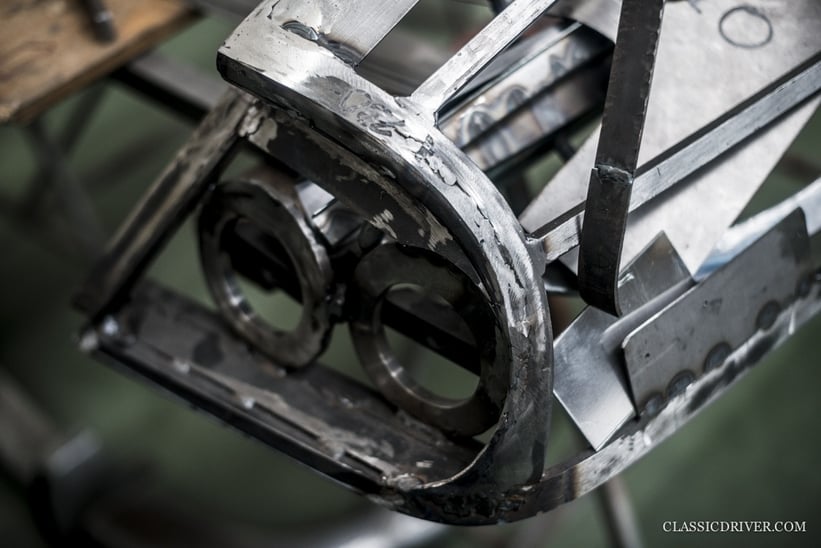
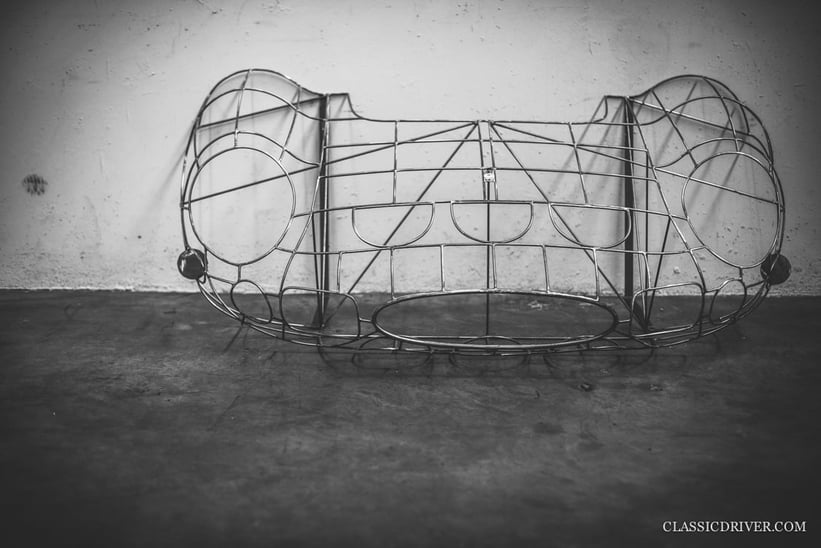
What are your earliest automotive memories?
Egidio Brandoli: I was born in 1940 in Castelnuovo Rangone, a town five kilometres from Maranello, and by the time I was 13, I was working as an assistant in a vehicle body workshop. Every so often, certain vehicles would pass in the street and I liked the rumble of their engines. “Those are Ferraris,” they told me. I didn’t know what that meant. Then, one of them stopped in the workshop because it had a problem with the silencer. I realized then that it was something special.
Roberto Brandoli: My earliest automotive memories date back to the 1970s, of my father’s Fiat 600 and Fiat 128 Rally, which were both red. When we were on board, we always asked him to make the tyres screech on the corners — it was music to my ears!
How did the opportunity to work at Scaglietti come about?
Egidio: When I was a teenager, I went to Sergio Scaglietti’s house in my military uniform. I was on leave and had three more months before being discharged. I said that I wanted to work for him. He looked me up and down and then answered, “When you finish your military service, you’re hired.” I started working for him when I was 18 years old — I was bursting with energy.

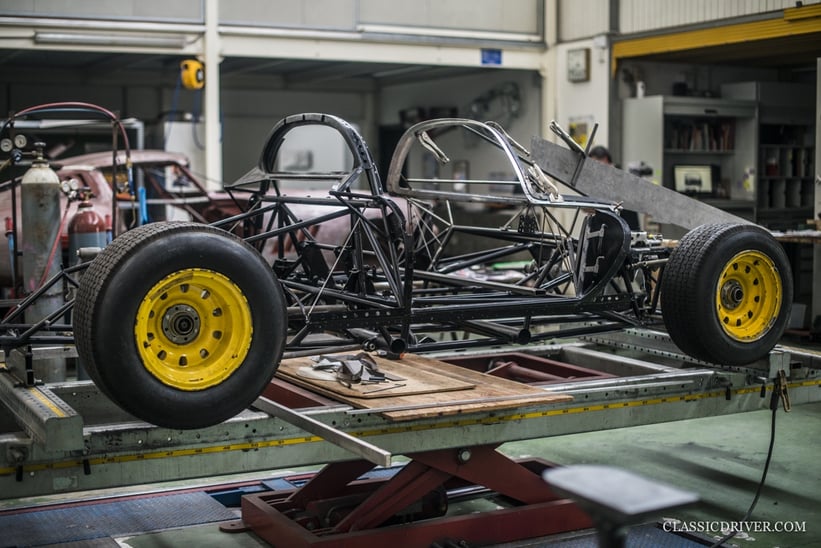

What was it like to work there?
Egidio: It was a constant adrenalin trip, both at work and with the Scaglietti family. Even more so because we were often in contact with the great man himself, Enzo Ferrari, who had a habit of dropping in two or three evenings a week to see how the work was progressing. I worked with people who enriched me enormously, both professionally and personally.
Growing up, were you impressed with your father’s profession, Roberto?
Roberto: Every so often I went with him to Scaglietti. I liked the atmosphere of the place, the smell of the steel, aluminium, and welding, and the noise of the workshop. The enthusiasm with which he and his colleagues worked on those Ferraris was palpable. That was back in the 1970s, when I was about eight years old and still didn’t know how prestigious the Ferrari brand was. I realized this some years later.
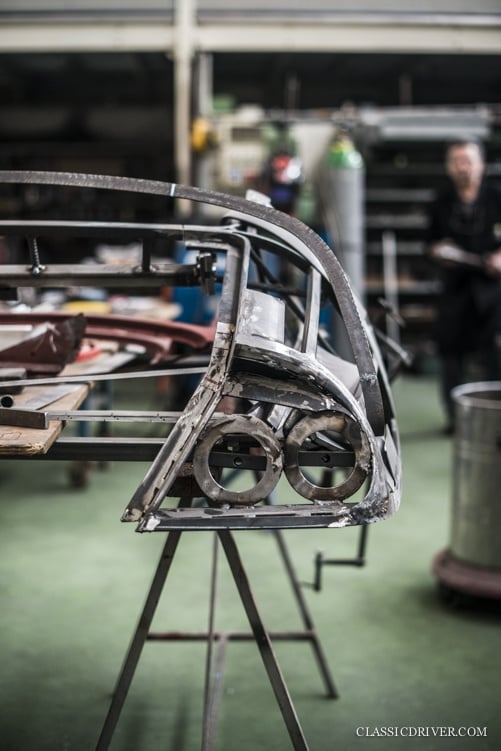
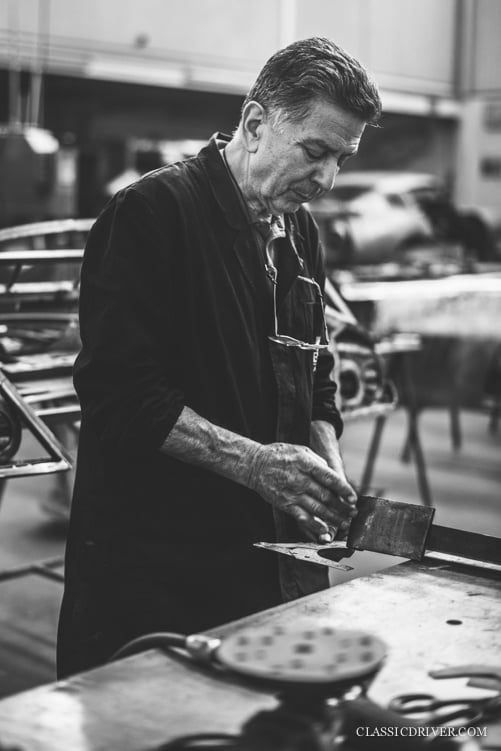
What made you decide to open your own workshop?
Egidio: Ferrari started working with Scaglietti less, as it had decided to invest in the production of new vehicles and more automated production methods. My passion was for restoration, so I decided to continue down that path. There was work to be had and I had strong relationships with car owners, so I opened my restoration workshop in Montale Rangone in 1980. One person that was very important, indeed fundamental, was my wife, who I married in 1965. We worked together for years — she ran the office and I was in the workshop. In those days, she supported me. Nowadays, she puts up with me!
What is Brandoli’s philosophy when restoring a car?
Roberto: Our mission is to preserve the history embodied in every car we work on and enhance its beauty. Very often, classic Ferraris arrive with seriously compromised bodywork — with the metal eaten away by time — and we reconstruct the various elements, starting the process with a steel panel. It’s a skilled job that requires a lot of patience and experience. Our philosophy is to save the parts that we think deserve to live on, and when possible, we suggest to owners to keep certain parts even if they aren’t perfect. Beauty resides in imperfection.
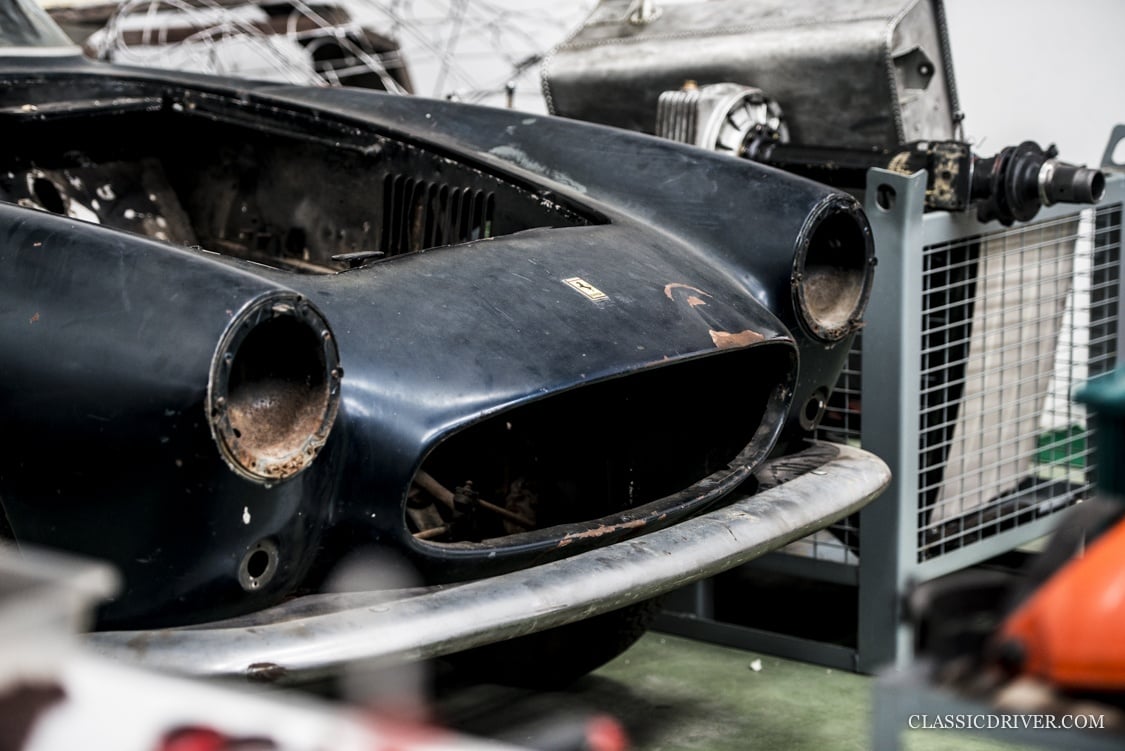

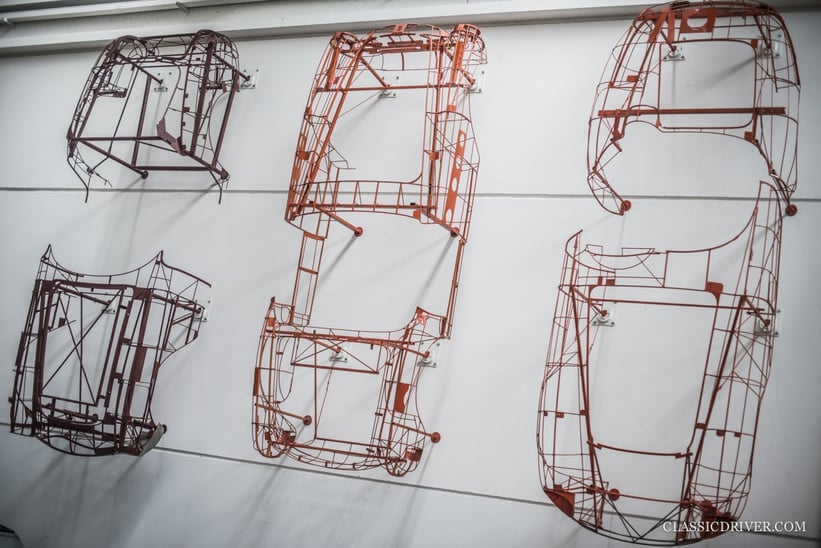
Is it important for you to teach the new generations how to authentically repair these classic cars?
Egidio: For me, teaching young people is fundamental. The difficulty of a restorer’s work, and I think in many other trades as well, is to increase the skill set, which is a mix of general know-how and precise techniques, such as panel beating, welding, and other tricks of the trade that you learn with time. You need to have a concept of how a car was born and it must be returned to this form. If this imagination is lacking, it’s a problem. I have worked with many young people. I assess their personal drive and their willingness to listen, because everybody always has something to learn. It’s like working in an operating theatre — you need the same concentration, patience, and self-control. Some major projects can last two or three years, with stages that include historical research, collecting information, listening to people that might know some peculiarities of that specific car, and then finally, cross-referencing the data to achieve the best results.
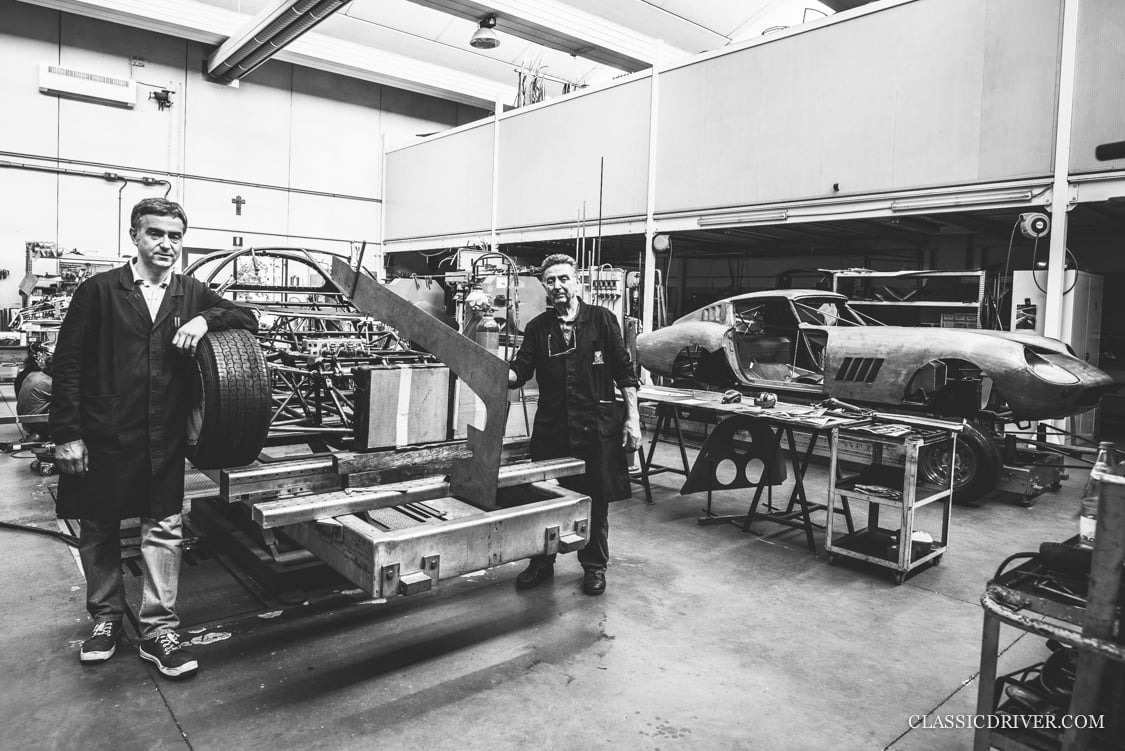
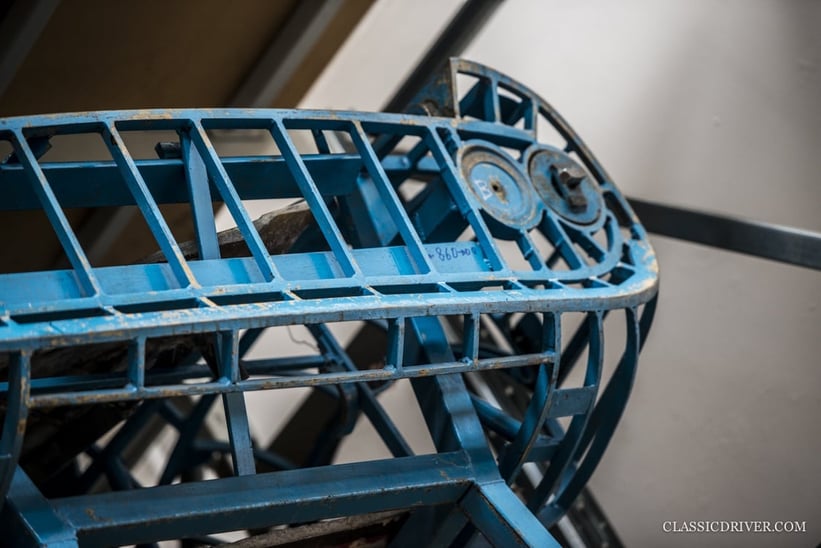
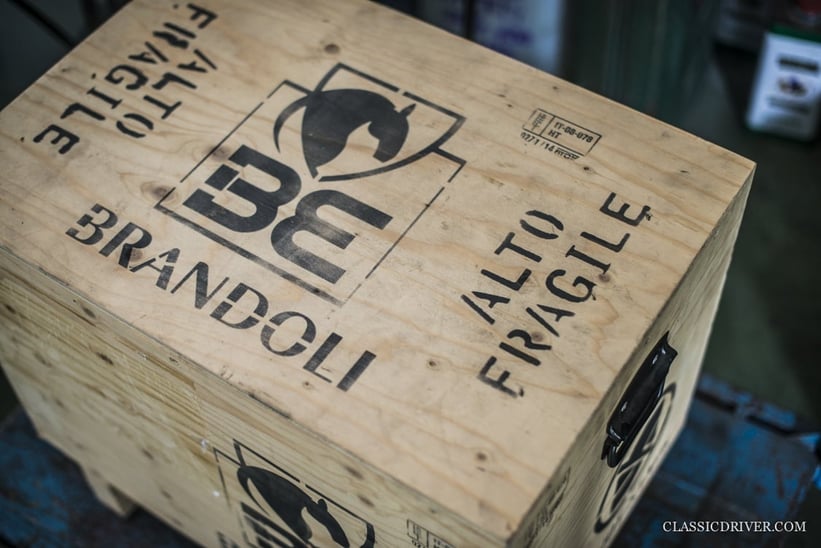
Roberto, when did you start working with your father?
Roberto: As a child, I was often in the workshop to help my father. I found racing cars particularly interesting. Then, in 1981, I finished at the Ferrari Technical Institute in Maranello and immediately started working in our workshop. My father’s perfectionism greatly influenced my development, and it is this precision — my father’s natural predisposition to do things well — that distinguishes us from all others.
Egidio, what is it like working with your son?
Egidio: Working with him gives me immense satisfaction. He is the future of Brandoli.
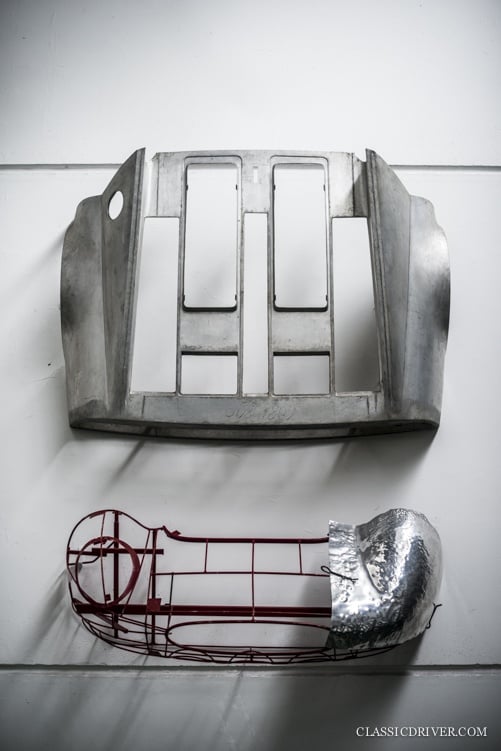
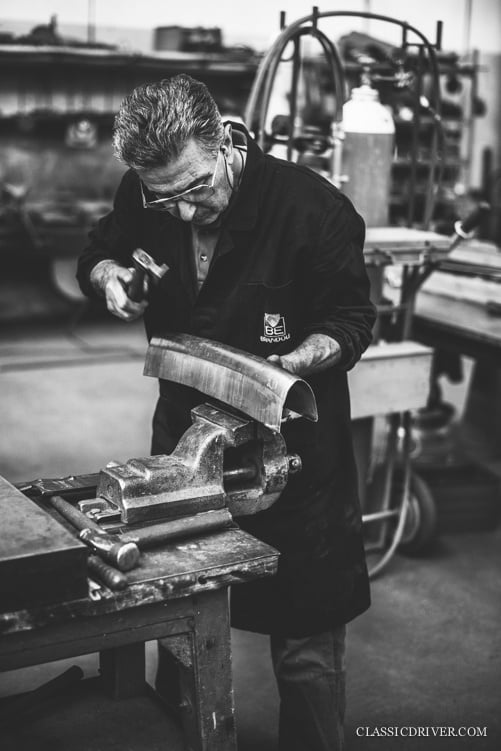
What does the future of Brandoli look like?
Egidio: Roberto has been managing the company for over 10 years, and he’s concentrated on making it increasingly competitive. He has implemented some important aspects, like the installation of the automatic vertical warehouse for storing spare parts. Originally, I didn’t think it was necessary, but after I saw it in operation on our site, I have to say that it’s an instrument that helps provide our customers with a more qualified service. The management of the company in the future will be different, but I believe that the profession of restorer will not change much from what it is today — a focus on experience, wisdom, and manual skills.
Is there one car that you're particularly proud of having restored at Brandoli?
Egidio: Every restored car is an object of pride — our flesh and blood. I am always sorry to see them leave. While we are working on them, we sweat and struggle, but seeing them finished, the emotion is beyond words!
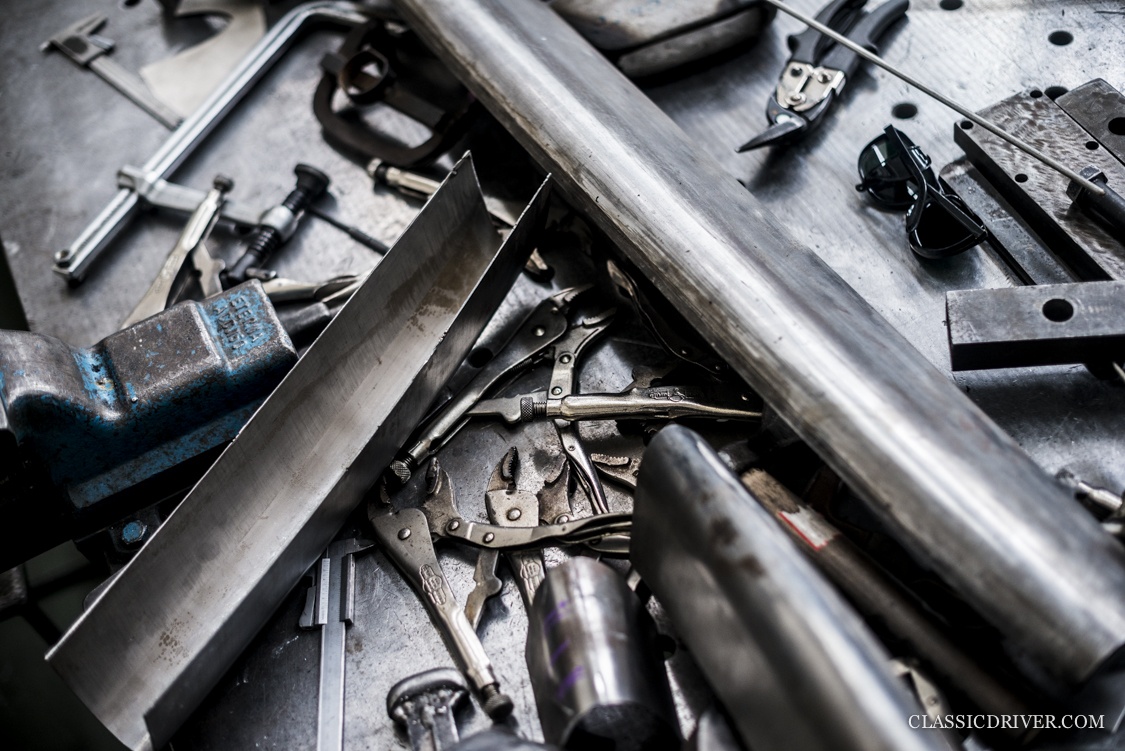
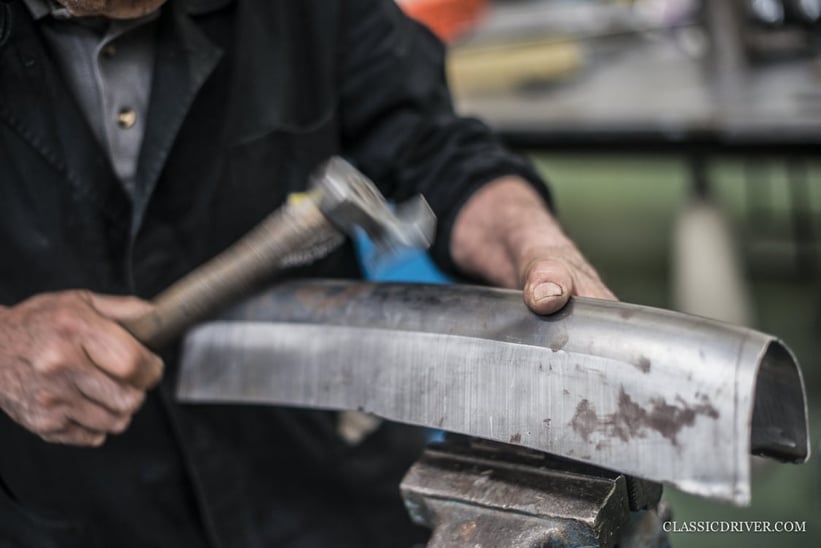
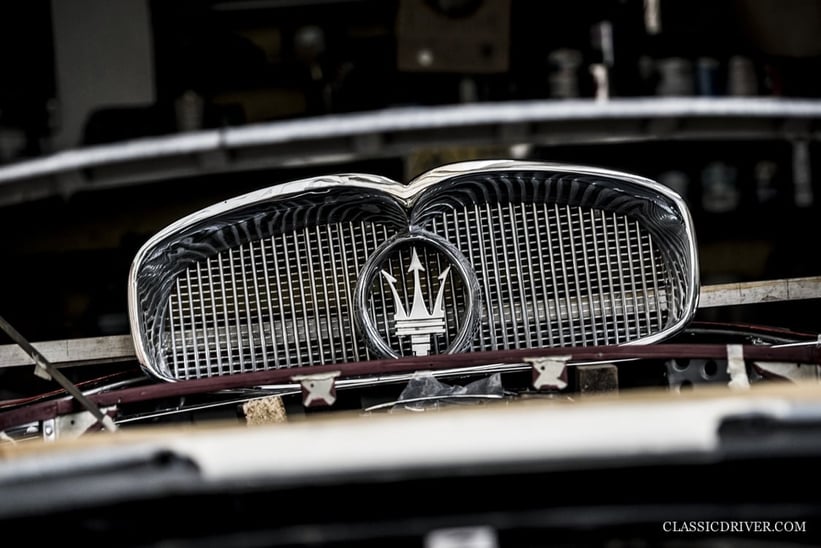
Is there a model that you've never worked on, but that you'd love to restore in the workshop?
Egidio: Yes, the Ferrari 250 LM and the Ferrari 250 TR of 1957. I saw them being repaired at the Carrozzeria Scaglietti in the first years that I was working there.
In your opinion, which was the most beautiful Ferrari ever designed?
Egidio: Without a doubt, the Ferrari Dino 246.
Roberto: The 250 GTO of 1964, the Ferrari 250 SWB, and the Dino SP.
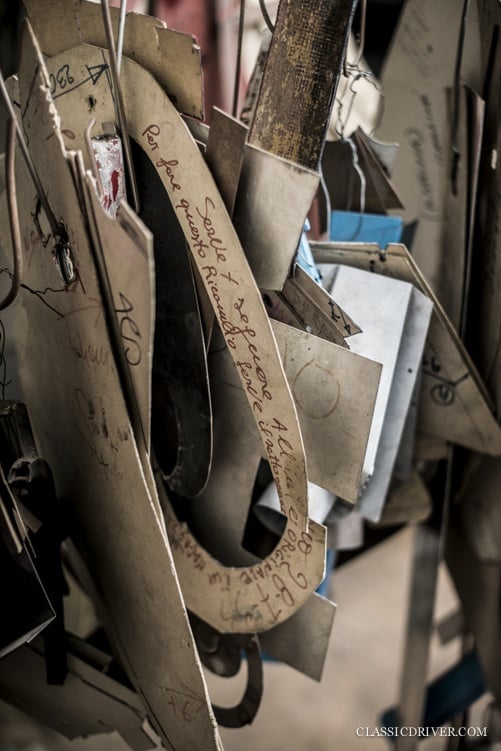
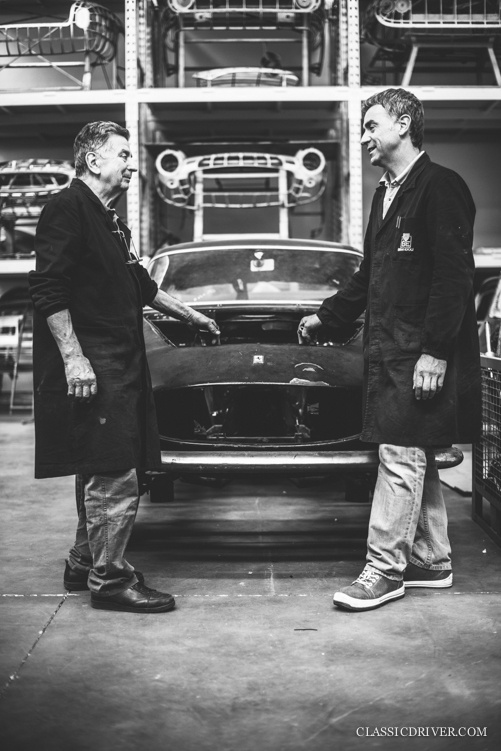
Regardless of budget, what would be your dream car?
Egidio: Again, I have no doubts — the Ferrari 365 GTB Daytona Spider. To restore, it would be the Daytona 365 GTB/4 that was recently rediscovered in Japan. We made it in Scaglietti in 1969, and it would be a great satisfaction for me to be able to restore it to its original condition.
Roberto: A Ferrari Dino 206 SP.
What is your weekend driver?
Roberto: I love my 1968 Alfa GT Junior!
Photos: Rémi Dargegen for Classic © 2017


























































